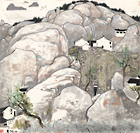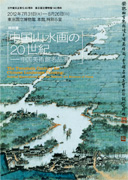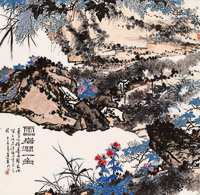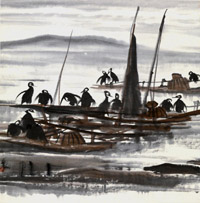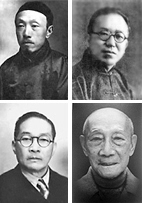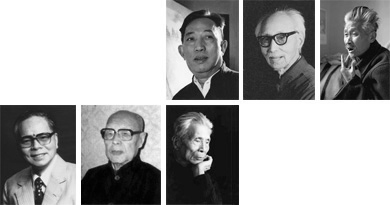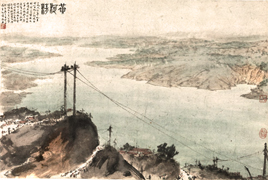Japanese Gallery (Honkan) Room T5
July 31, 2012 (Tue) - August 26, 2012 (Sun)
Contemporary Chinese art, which continues to thrive, arguably has its origins in the achievements of many modern Chinese painters who lived during the turbulent 20th century. This exhibition features 50 representative works of 20th-century landscape painting selected from the National Art Museum of China (Beijing), a museum with a world-leading collection of paintings in this field. Through these works, the exhibition explores trends and movements in modern Chinese painting.
There have been large revolutions in China in the modern era: the Xinhai Revolution, the establishment of the People's Republic of China, and the Reform and Opening-up Policy. During this time, Chinese painters tirelessly pursued their own outlets for creativity. Some painters strove for a revival of classical Chinese painting, some turned to new creative ideas in Japan and the West, and some tackled the drastically-changing Chinese society head-on. In these ways they were all searching for new forms of expression. This exhibition looks back on the earnest efforts of 20th-century Chinese painters from the three viewpoints of responding to tradition, to Western art techniques, and to society and lifestyle.
Through treasured masterpieces that show connections between enduring traditional Chinese culture and the contemporary Chinese art scene, this exhibition presents the unique appeal of 20th-century Chinese landscape painting.

